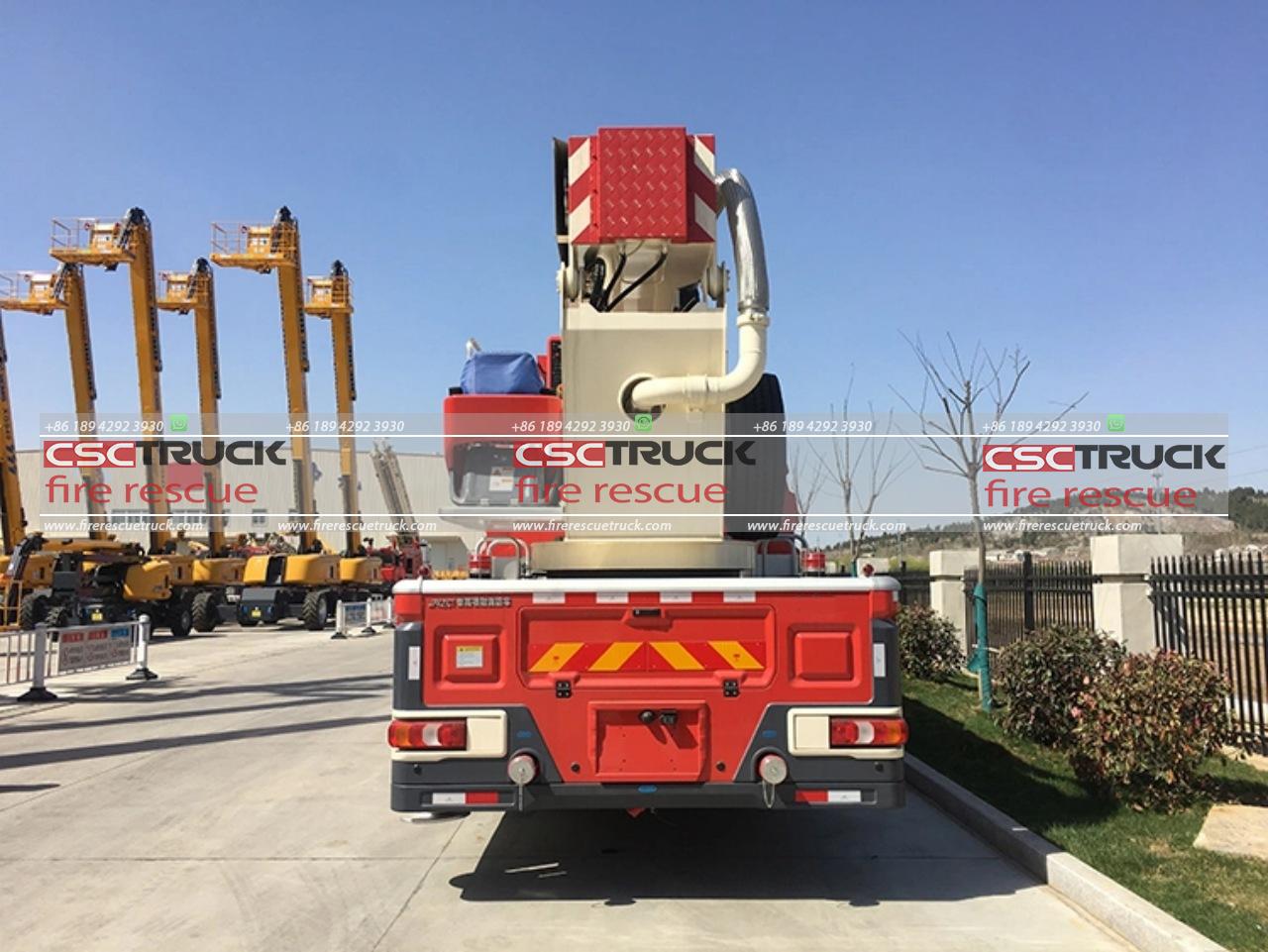Why Do Firefighters Use Ladders?
Firefighting is a challenging profession that requires a unique set of skills, specialized equipment, and well-coordinated strategies to tackle dangerous and unpredictable situations. Among the most essential tools in a firefighter’s arsenal is the ladder. Ladders may seem like simple equipment, but their versatility, functionality, and reliability make them indispensable in fire rescue operations. Understanding why firefighters use ladders involves exploring the specific ways they enhance access, safety, and effectiveness in emergencies.
1. The Need for Elevated Access
One of the primary reasons firefighters use ladders is to access elevated spaces that would otherwise be unreachable. Fires in multi-story buildings or tall structures require rescuers to quickly reach windows, rooftops, or balconies, where people may be trapped or in immediate danger. Ladders make it possible for firefighters to gain vertical access to these points. In emergencies, every second counts, and ladders provide a fast, reliable way to bypass stairs, crowded hallways, and damaged exits.
Different types of ladders cater to specific needs in elevated access. Extension ladders, for example, can extend to reach various heights, making them particularly useful for multi-story buildings. Aerial ladders, which are mounted on fire trucks and controlled hydraulically, can extend even higher, sometimes reaching up to 100 feet or more. These specialized ladders make it easier for firefighters to reach high-rise windows, allowing them to either enter the building or help trapped occupants climb down to safety.
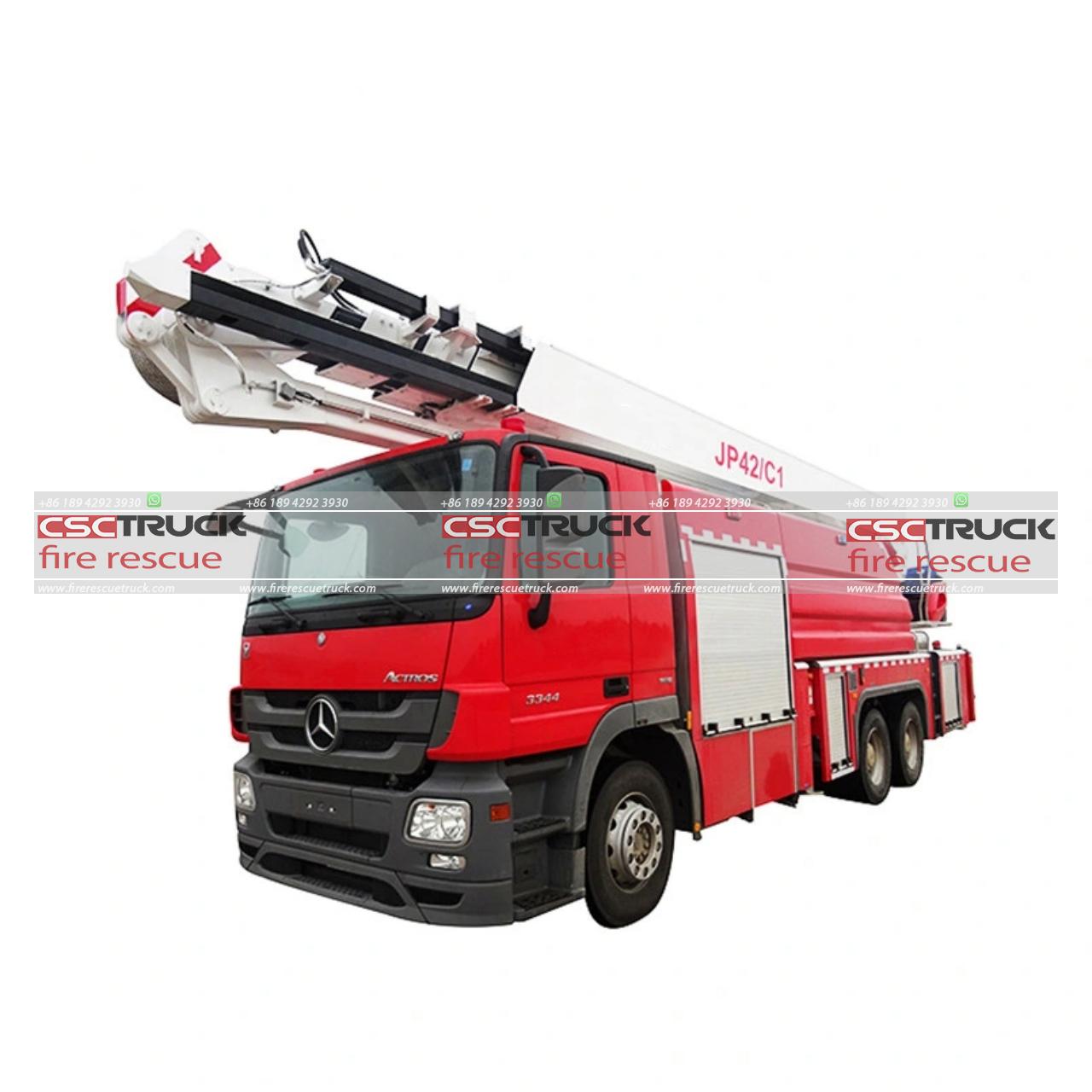
2. Facilitating Rescue and Evacuation
Ladders are vital tools in rescue and evacuation operations. During a fire, smoke and flames can make interior stairways impassable, trapping residents on upper floors. In these situations, firefighters use ladders to reach stranded individuals, guiding them to safety or carrying them down if they are injured, unconscious, or otherwise unable to descend on their own.
Firefighters receive rigorous training on proper ladder rescue techniques, as moving a person down a ladder can be dangerous and physically demanding. They must ensure that both they and the person being rescued are secure to prevent falls. Depending on the situation, firefighters may use different ladder rescues, including “conscious victim rescue” or “unconscious victim rescue.” These techniques require precision and balance, but they have saved countless lives by providing a safe and alternative escape route from hazardous environments.
3. Ventilation and Smoke Control
Ladders are also used by firefighters to perform ventilation—a crucial strategy in fire control. Proper ventilation is essential in managing the spread of fire and smoke within a building, and it can dramatically improve visibility and air quality, making it safer for both rescuers and trapped occupants. Firefighters often use ladders to reach high windows or rooftops where they can create openings to let smoke and hot gases escape, a process known as “vertical ventilation.”
In vertical ventilation, firefighters make precise cuts in the roof, using specialized tools, while working from a ladder to avoid exposure to intense heat and flames. This approach creates an exit for the smoke, slowing the fire’s spread by releasing trapped heat and gases. Ventilation reduces the risks of flashovers and backdrafts—dangerous conditions caused by the buildup of heat and combustible gases that can result in sudden, explosive fires. By using ladders to perform ventilation from a height, firefighters can safely and effectively manage the spread of fire.
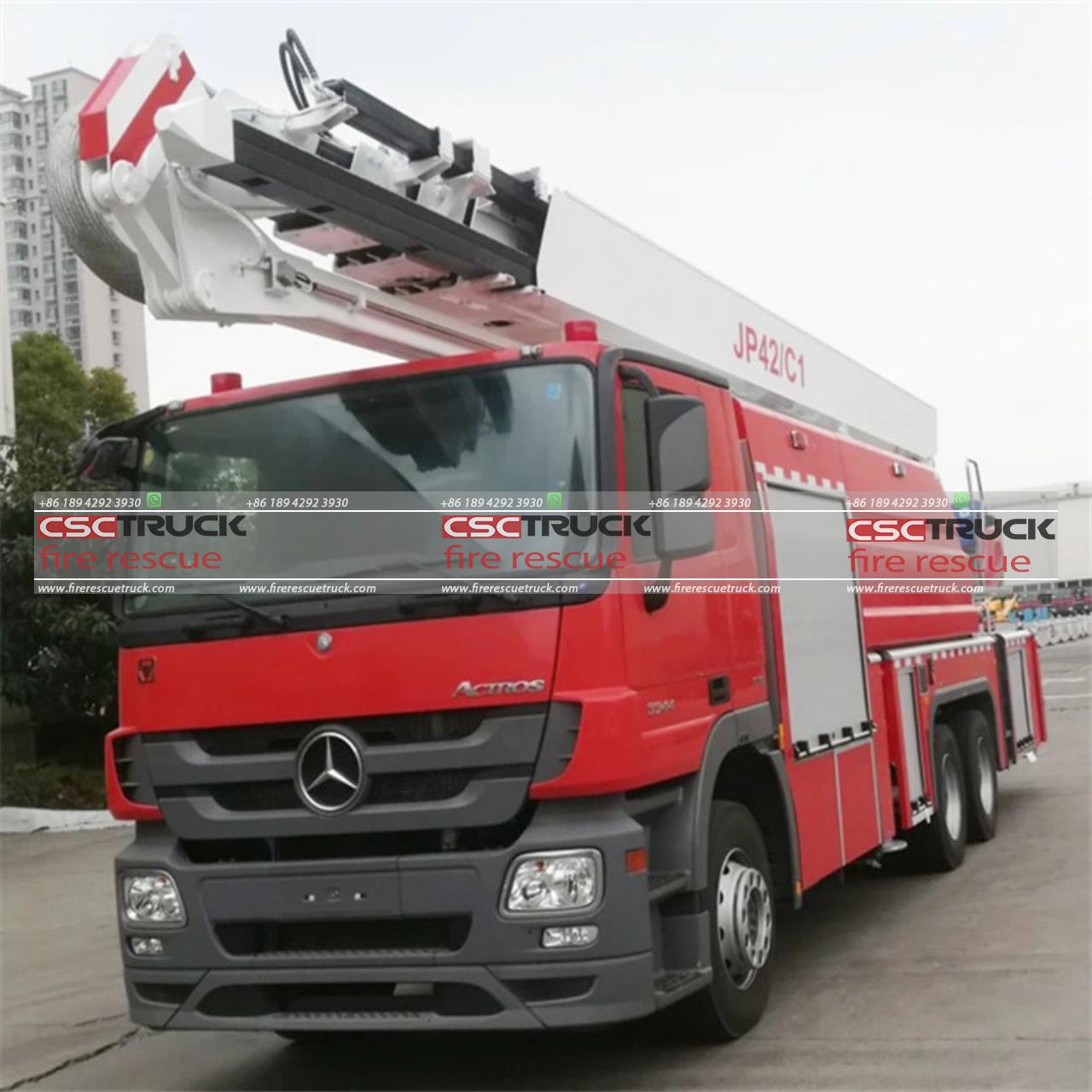
4. Enhancing Stability and Safety
Firefighters often face challenging environments, including sloping rooftops, wet surfaces, and precarious ledges. Ladders provide a stable platform that allows them to navigate these areas safely. Many ladders used in firefighting are equipped with hooks and other stabilizing devices to secure them in place, which can prevent slipping and provide a secure base from which firefighters can work.
For example, roof ladders, a type of ladder with hooks on the end, can be placed over a roof’s peak to provide additional support and stability for firefighters operating on a slanted or slippery roof. Working on these unstable surfaces without the security of a ladder would significantly increase the risk of falls and injuries, which could compromise both the rescue effort and the safety of the firefighter.
5. Improving Access to Hard-to-Reach Areas
Firefighters often encounter confined or obstructed spaces where it’s impossible to bring in larger rescue equipment. Portable ladders, which are lightweight and easy to carry, allow firefighters to access these hard-to-reach areas. For instance, attics, basements, and spaces with limited entry points can be reached more easily with a portable ladder, enabling firefighters to gain access and potentially rescue trapped individuals in these confined spaces.
Additionally, ladders are often used to bridge gaps or cross over obstacles, such as ditches or narrow passages, during firefighting operations. Firefighters may place ladders horizontally across these barriers to create a makeshift bridge, enabling them to safely reach otherwise inaccessible areas.
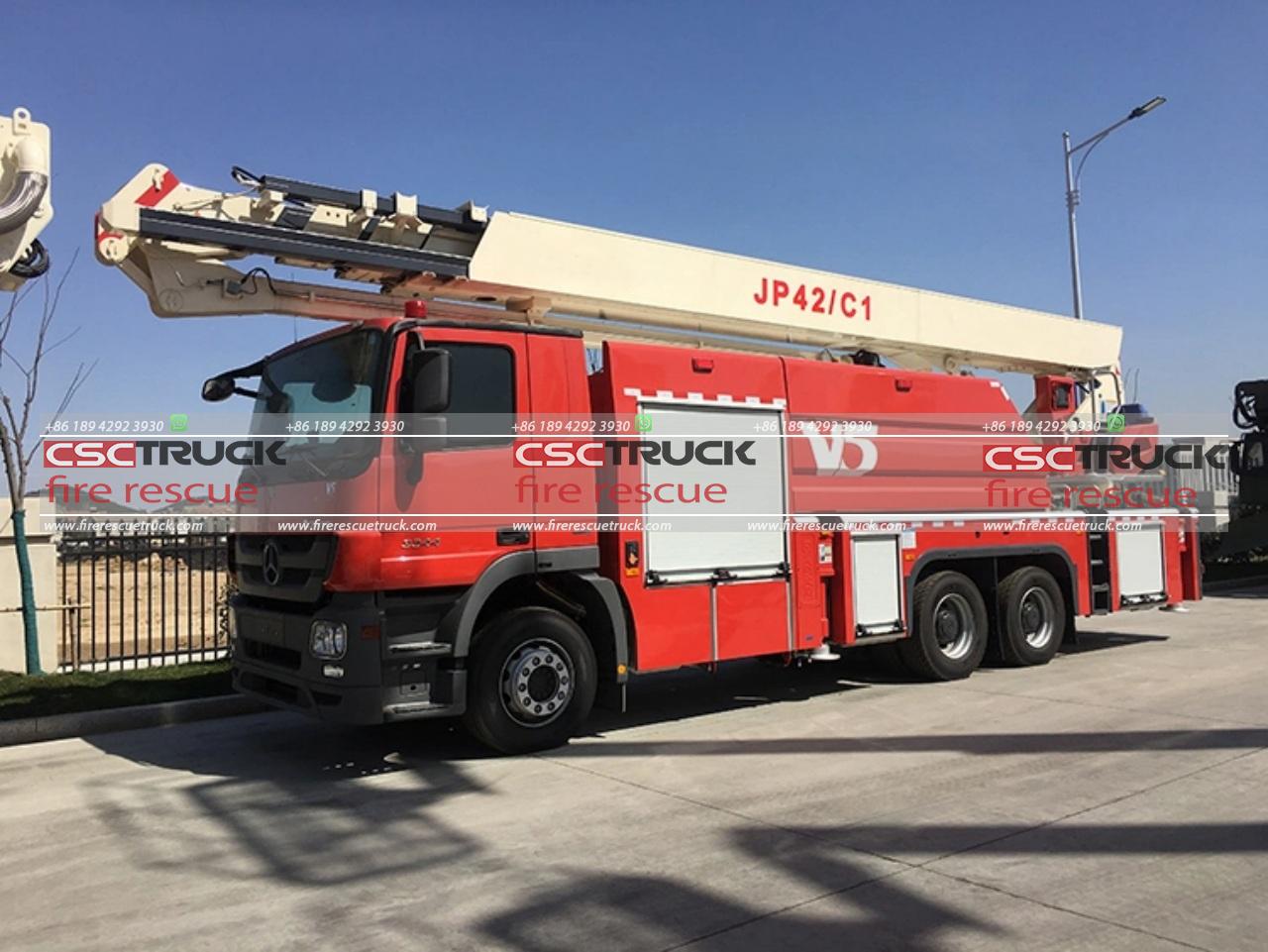
6. Providing a Safe Egress Route for Firefighters
In emergencies, firefighters themselves may need an immediate and safe escape route, especially when conditions within a building deteriorate rapidly. Ladders provide an alternative exit path that is crucial in emergency egress. In situations where an internal staircase collapses, or if a flashover or backdraft occurs, ladders can provide a quick and safe way for firefighters to exit the building.
Firefighters are trained to “throw” ladders against walls, windows, or other surfaces as quickly as possible to create rapid escape routes. Having a reliable means of exit minimizes the risks of entrapment, ensuring that firefighters have a way to retreat and regroup if necessary.
7. Supporting Equipment and Tools During Operations
Firefighters carry a range of equipment to extinguish fires and conduct rescues, and ladders can serve as extra support for these tools. For instance, ladders can be positioned near a window or opening, allowing firefighters to operate hoses or other equipment at elevated levels. This support ensures a steady stream of water and helps firefighters gain control over flames in hard-to-reach areas without compromising their safety.
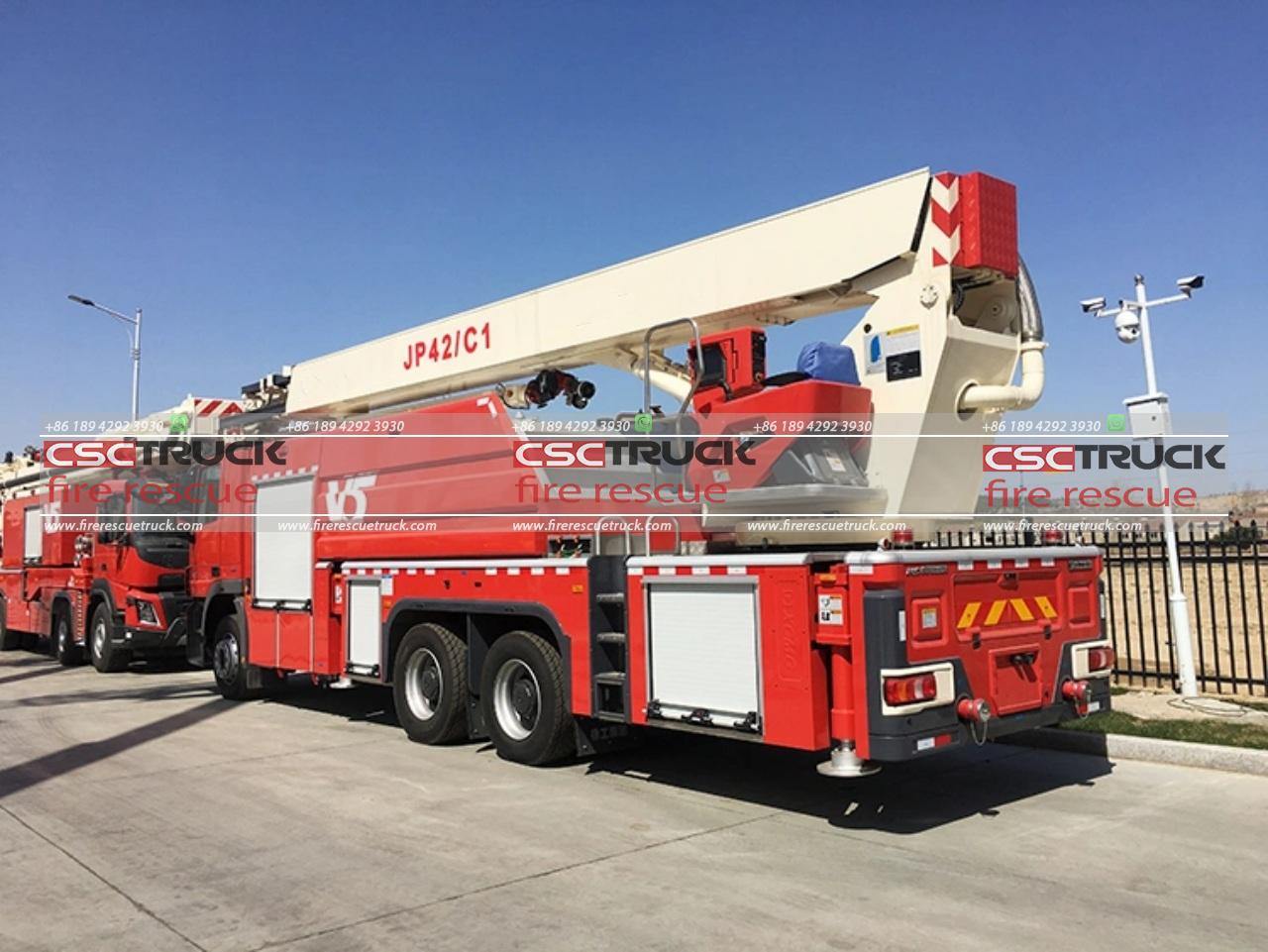
8. Types of Ladders and Their Unique Applications
Different types of ladders are used in firefighting, each designed for specific tasks:
– Straight Ladders: Often used for single-story buildings, these are the simplest type of ladder but are highly portable and effective for basic rescues.
– Extension Ladders: These ladders can be extended in length, making them ideal for accessing multiple floors in medium-height buildings.
– Aerial Ladders: Mounted on fire trucks, these ladders are capable of reaching significant heights and can pivot to access various areas around a building.
– Roof Ladders: Equipped with hooks, these ladders are designed for use on sloped surfaces, providing additional grip and stability.
Conclusion: The Essential Role of Ladders in Firefighting
Ladders are fundamental tools in firefighting, playing a multifaceted role that extends beyond simply providing access to elevated spaces. They are integral to safe, efficient rescue and evacuation, ventilation operations, equipment support, and emergency egress for firefighters themselves. Each type of ladder, from portable straight ladders to aerial ladders, offers unique benefits that are essential for effective firefighting operations. Through rigorous training, firefighters learn to use ladders skillfully, ensuring they can confidently and safely handle the challenges of fire rescue and emergency response. Whether they are used to reach trapped occupants or to provide a stable work platform, ladders are a versatile and essential part of firefighting that contributes to saving lives and protecting property.
